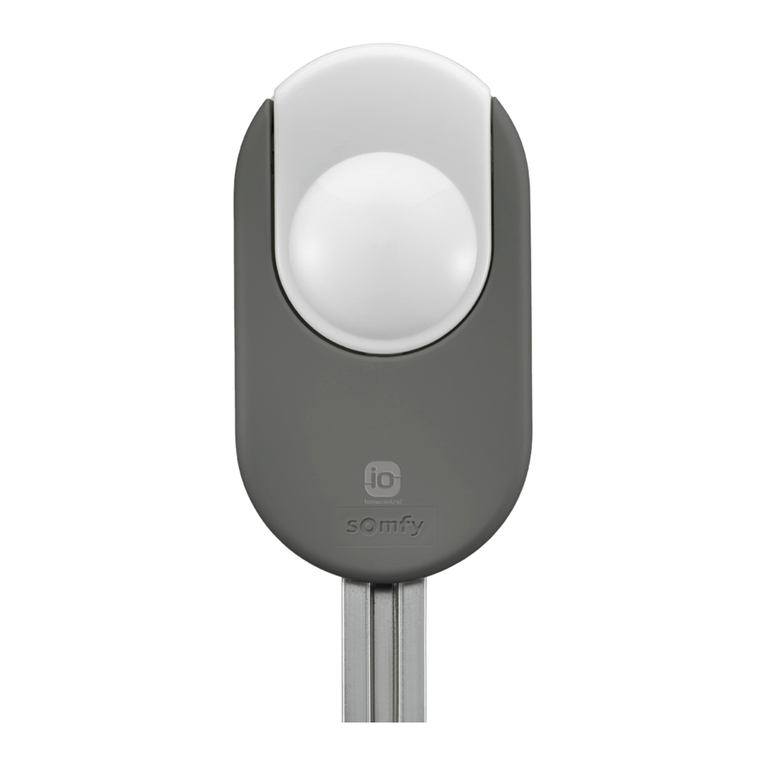SOMFY Dexxo Pro 800 - 1000 RTS User manual













This manual suits for next models
2
Table of contents
Other SOMFY Garage Door Opener manuals
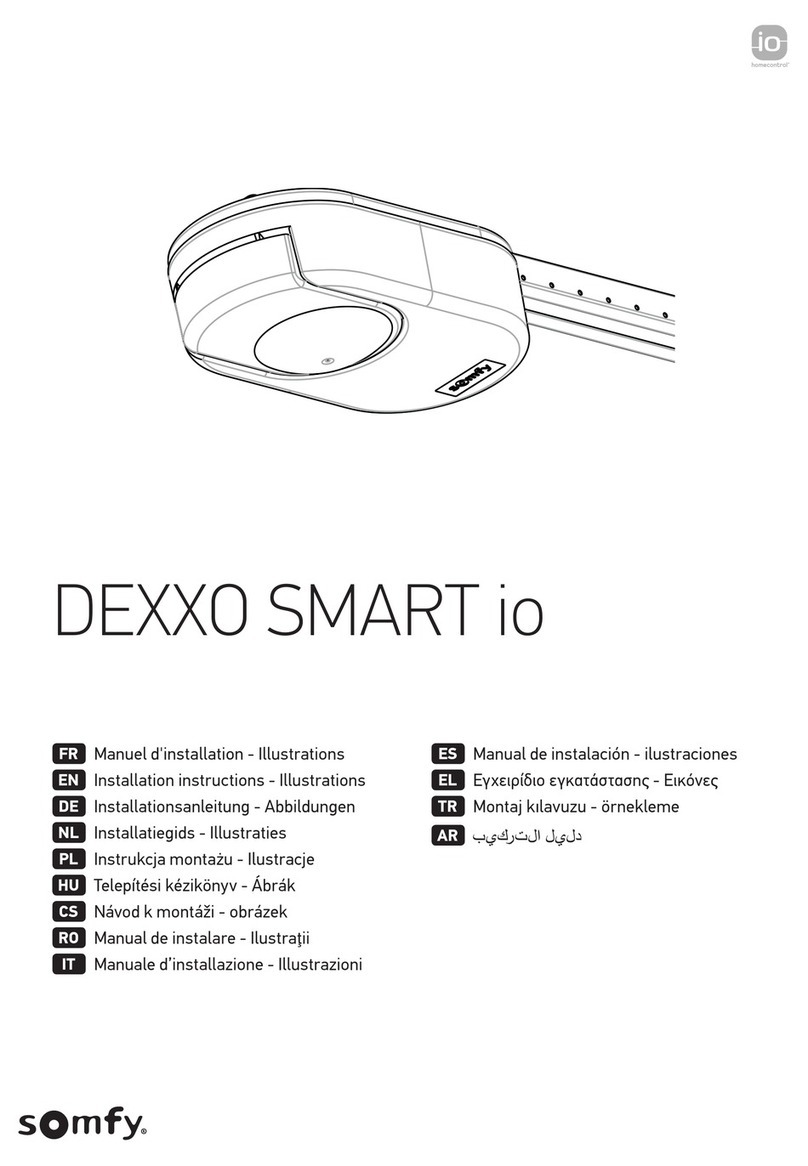
SOMFY
SOMFY DEXXO SMART io User manual
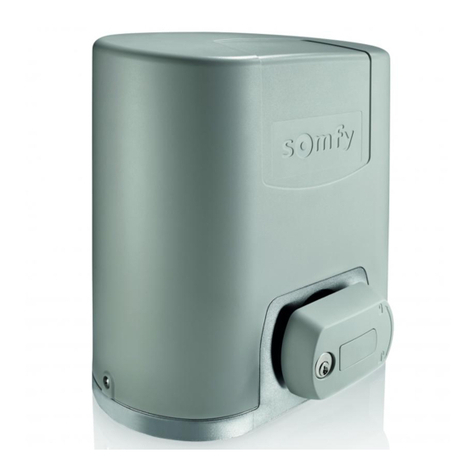
SOMFY
SOMFY ELIXO SMART io User manual

SOMFY
SOMFY Wisniowski Metro 800 io User manual

SOMFY
SOMFY AXORN 65 User manual
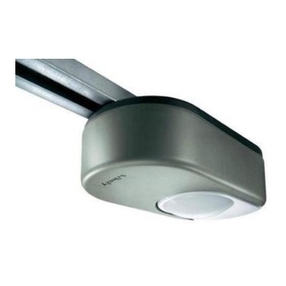
SOMFY
SOMFY Dexxo Pro 800 RTS User manual
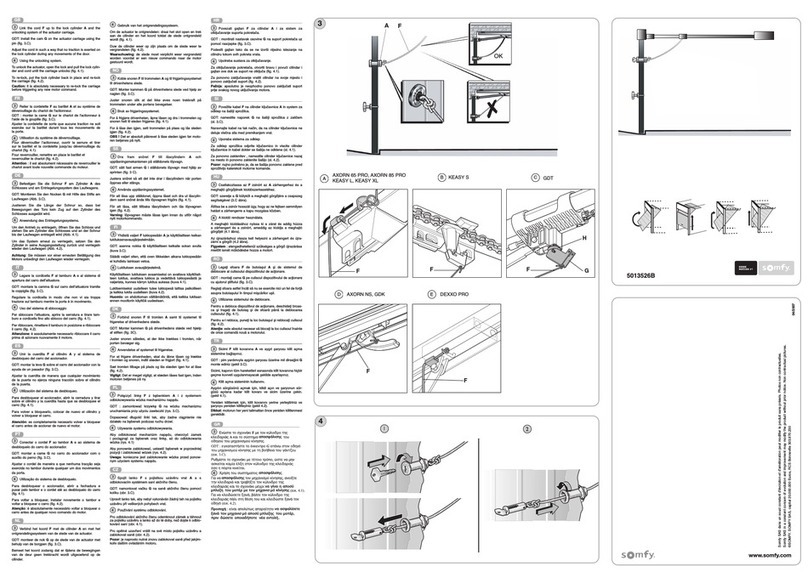
SOMFY
SOMFY Dexxo Pro User manual
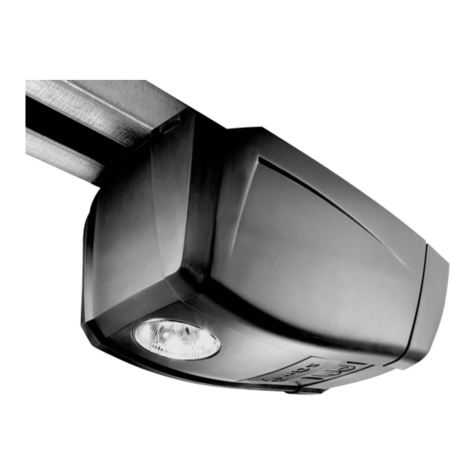
SOMFY
SOMFY GDK 700 Installation guide
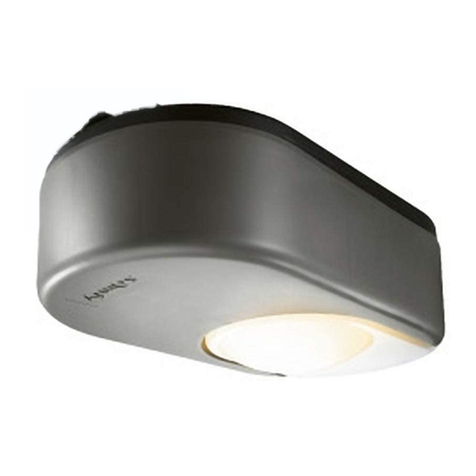
SOMFY
SOMFY Dexxo Pro RTS Series User manual

SOMFY
SOMFY Freevia 280 User manual
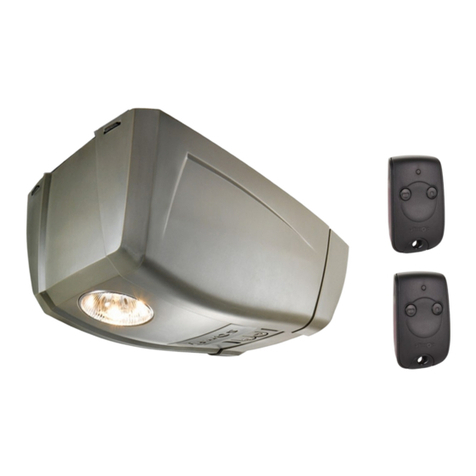
SOMFY
SOMFY Dexxo Compact RTS User manual
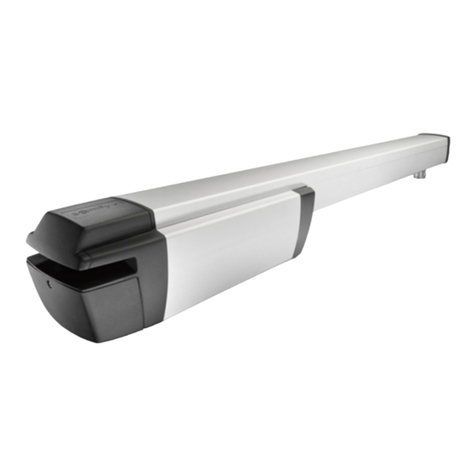
SOMFY
SOMFY IXENGO L 230V RTS User manual
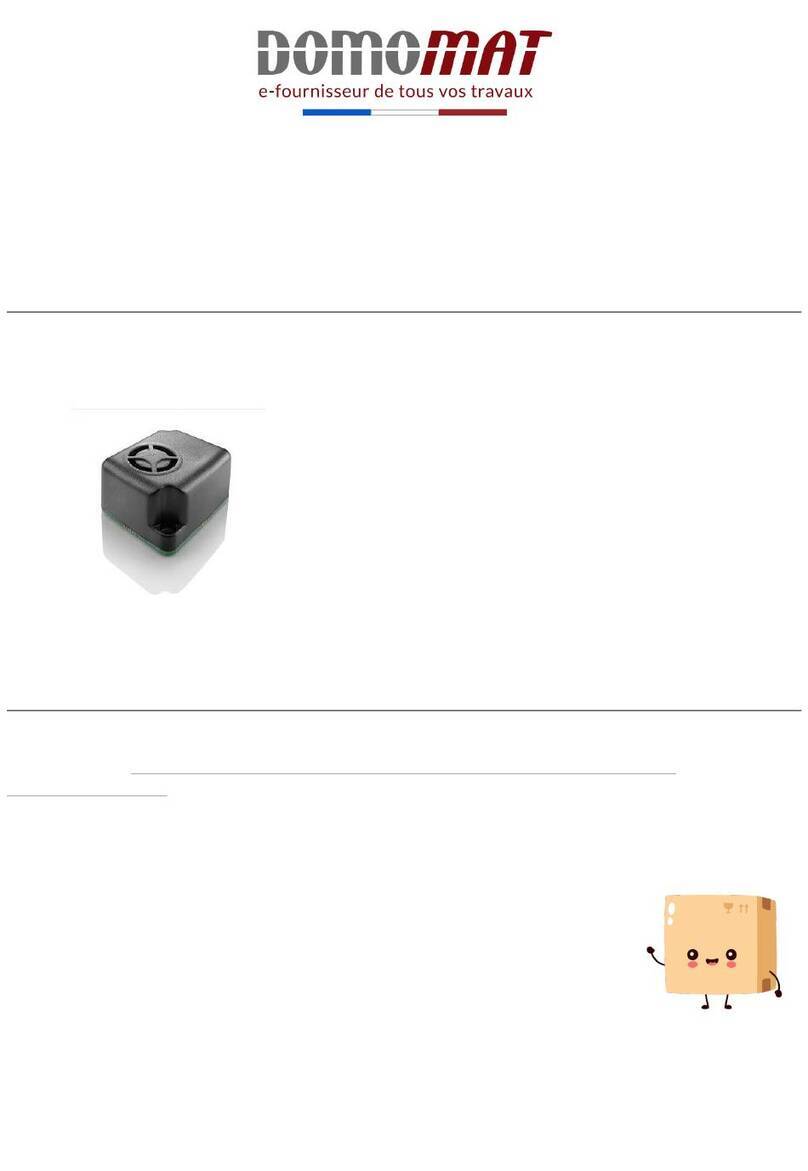
SOMFY
SOMFY Dexxo Pro io User manual
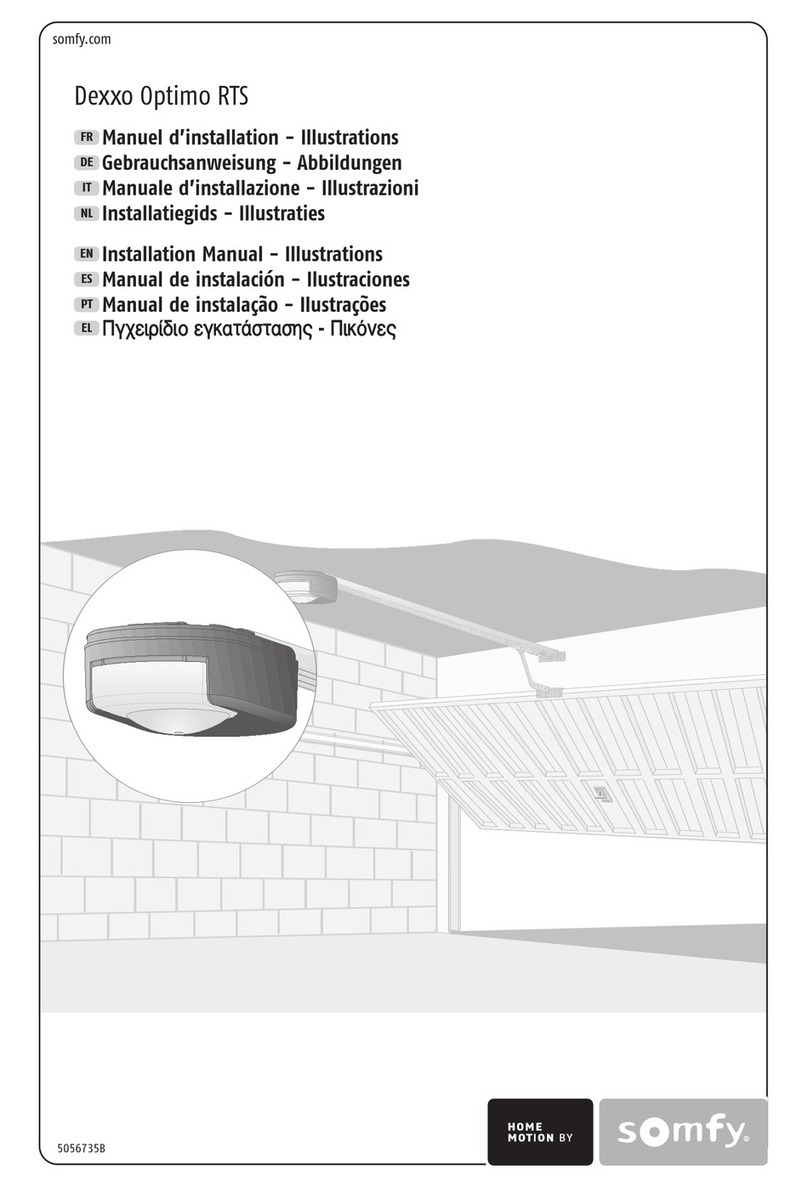
SOMFY
SOMFY Dexxo Optimo RTS User manual
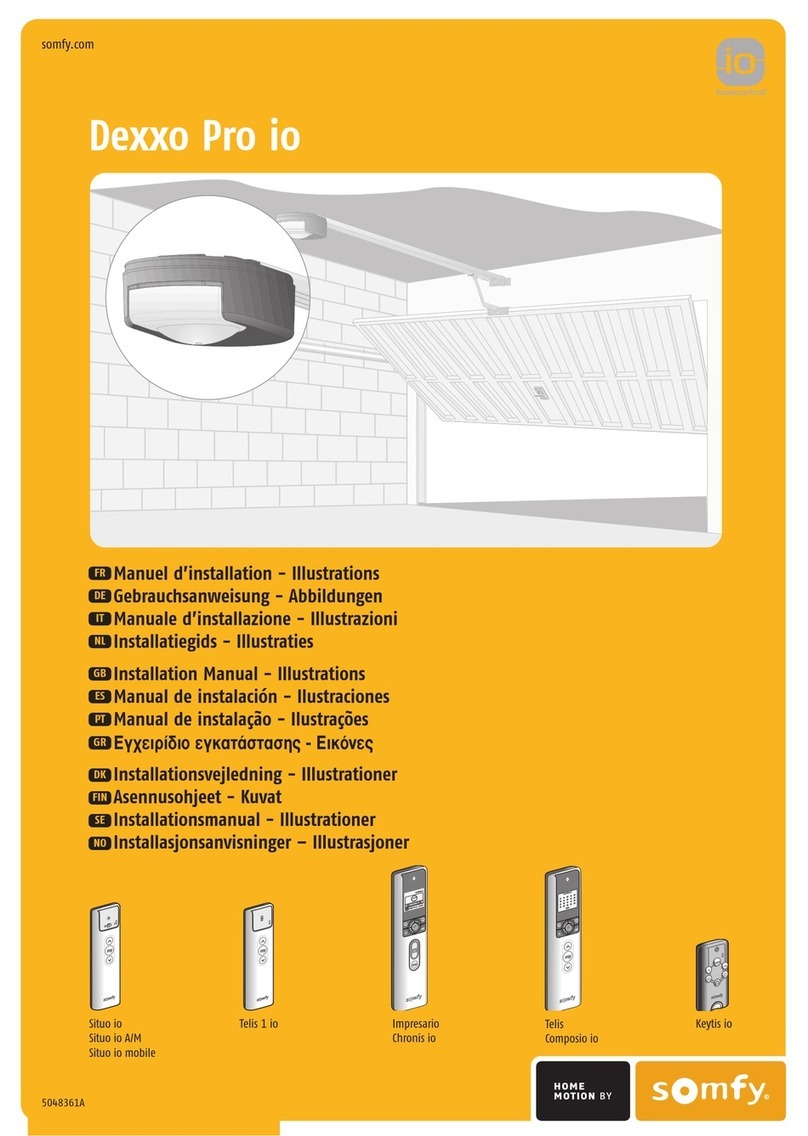
SOMFY
SOMFY Dexxo Pro io User manual
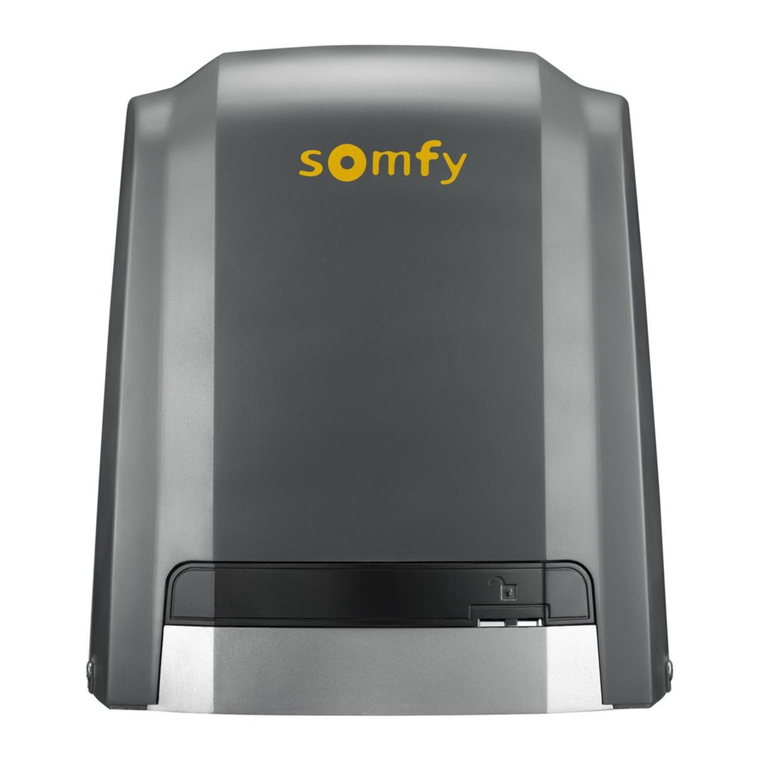
SOMFY
SOMFY SLIDYMOOVE 600 Installation instructions

SOMFY
SOMFY Freevia 280 User manual
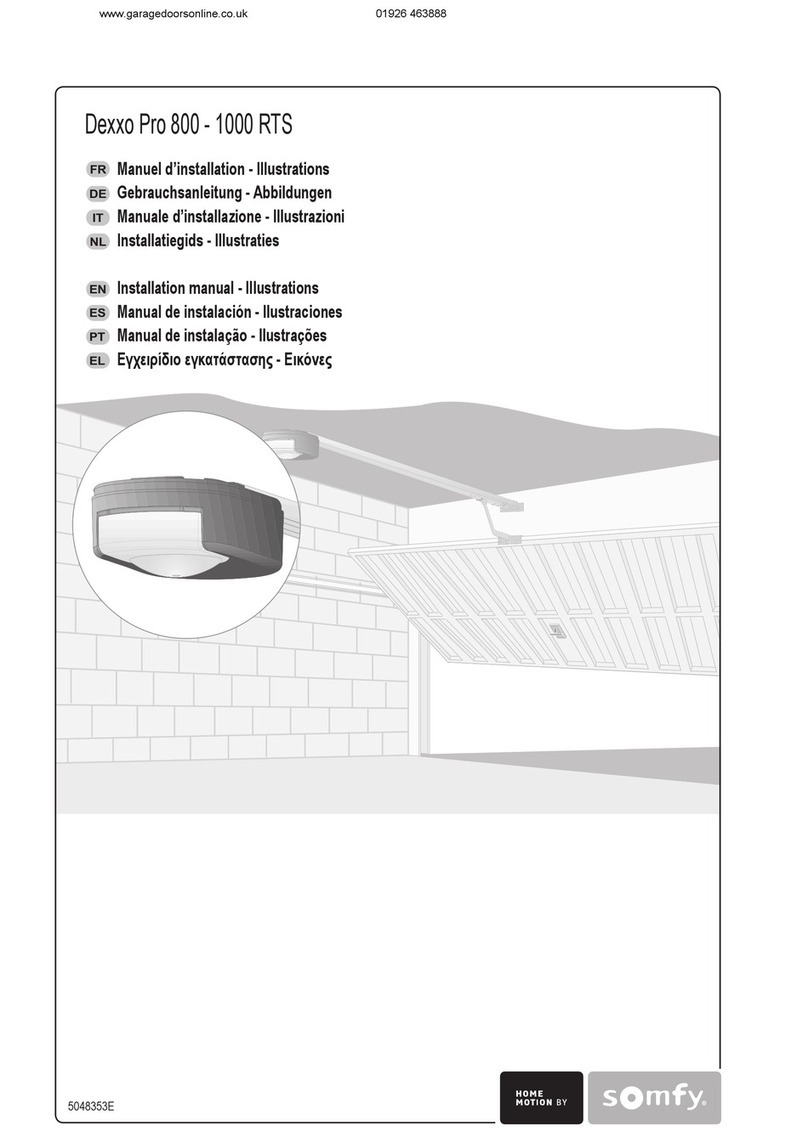
SOMFY
SOMFY Dexxo Pro 800 RTS User manual

SOMFY
SOMFY Dexxo Pro 800 User manual
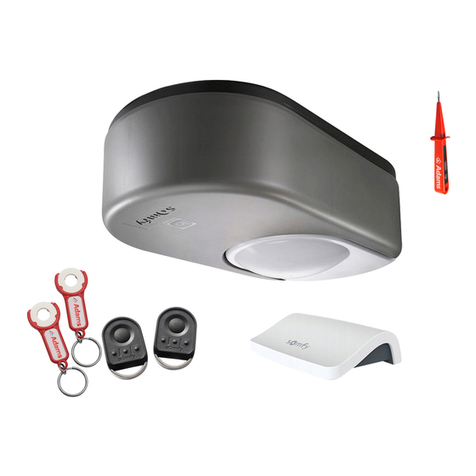
SOMFY
SOMFY Dexxo Smart 800 io User manual
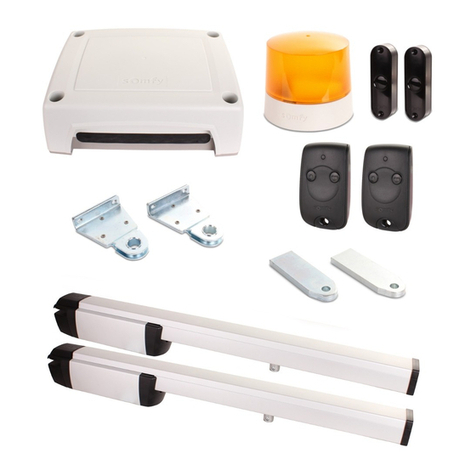
SOMFY
SOMFY Ixengo L 24V User manual
Popular Garage Door Opener manuals by other brands

ATA
ATA GDO-6 EasyRoller instruction manual

CAME
CAME F4000 Series installation manual

Garaga
Garaga SECURITY+ 3265GCM 1HP owner's manual

Chamberlain
Chamberlain Whisper Drive SECURITY+ WD822K Series owner's manual

Chase Doors
Chase Doors DuraShield installation manual

CSI
CSI Classic installation instructions

Chamberlain
Chamberlain Elite 3575S owner's manual

Richmond
Richmond GTR156 user manual

B&D
B&D Controll-A-Door 5 instruction manual

Chamberlain
Chamberlain MyQ 940ESTD owner's manual

Automatic Technology
Automatic Technology GDO-9V1 SecuraLift installation instructions

Westfalia
Westfalia 19 36 07 instruction manual

Chamberlain
Chamberlain HD520EVP manual

Cardin
Cardin BL Series instruction manual

Chamberlain
Chamberlain 8355 - 1/2 hp installation instructions

Bauer
Bauer CROSS18 Application. Installation and Maintenance Manual

Dorma
Dorma ES 90 manual

Wayne-Dalton
Wayne-Dalton 8124 Installation instructions and owner's manual

